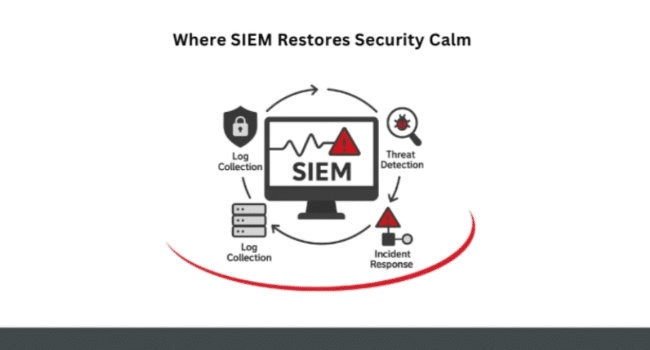…
Latest on KulFiy
Web Stories on KulFiy
Net Worth
Hollywood
Entrepreneur
| Grant Cardone | Ramneek Sidhu | Alakh Pandey | Ashneer Grover |
| Sundar Pichai | Peyush Bansal | Anupam Mittal | Aman Gupta |
Health
Company
| Physics Wallah | Byjus | Vedantu | Lenskart |
| Kylie Cosmetics | Shaadi.com | Jeevansathi |
Movies
Lyrics
| Lil Keed Lyrics | Both Sides Of A Smile Lyrics | Kobolds Horde Lyrics | Glimpse of Us Lyrics |
| Something in the Orange Lyrics | Mockingbird Lyrics | Drivers License Lyrics | Rich Flex Lyrics |
Bollywood
| Akshay Kumar | Amitabh Bachchan | Parineeti Chopra | Kartik Aaryan |
| Salman Khan | Shahrukh Khan | Nawazuddin Siddiqui | Avneet Kaur |
| Rohanpreet Singh | Neha Kakkar | Tony Kakkar | Sonu Kakkar |
Bhojpuri
| Dinesh Lal Yadav | Khesari Lal Yadav | Pawan Singh | Vikrant Singh Rajpoot |
| Antara Biswas Monalisa | Akshara Singh | Amrapali Dubey |
Businessman
Players
Politician
Cricketers
Recent Posts
2025 Guide: How Can I See My Child’s Location on iPhone?
How to Choose the Right Influencer Marketing Services for Your Industry

































